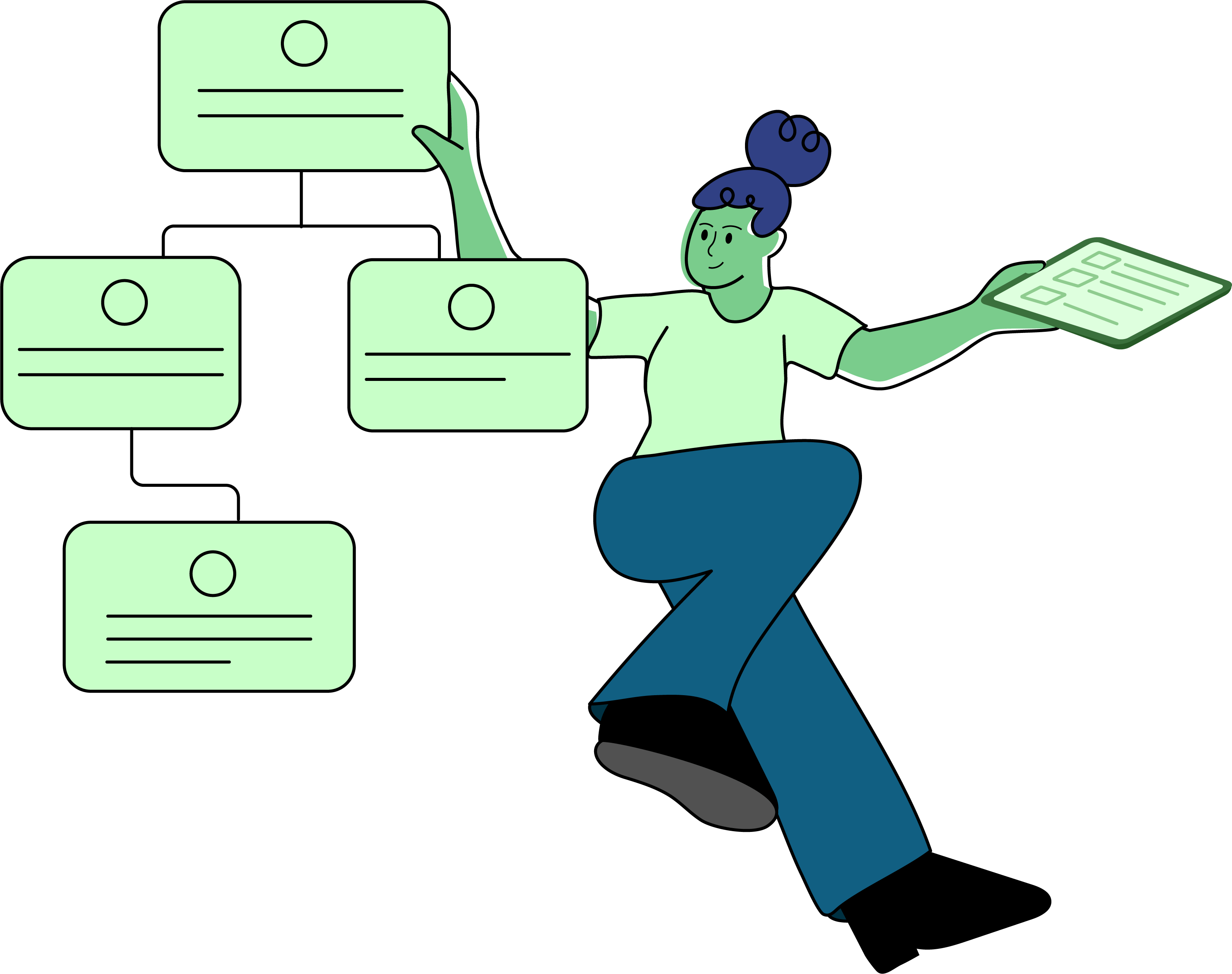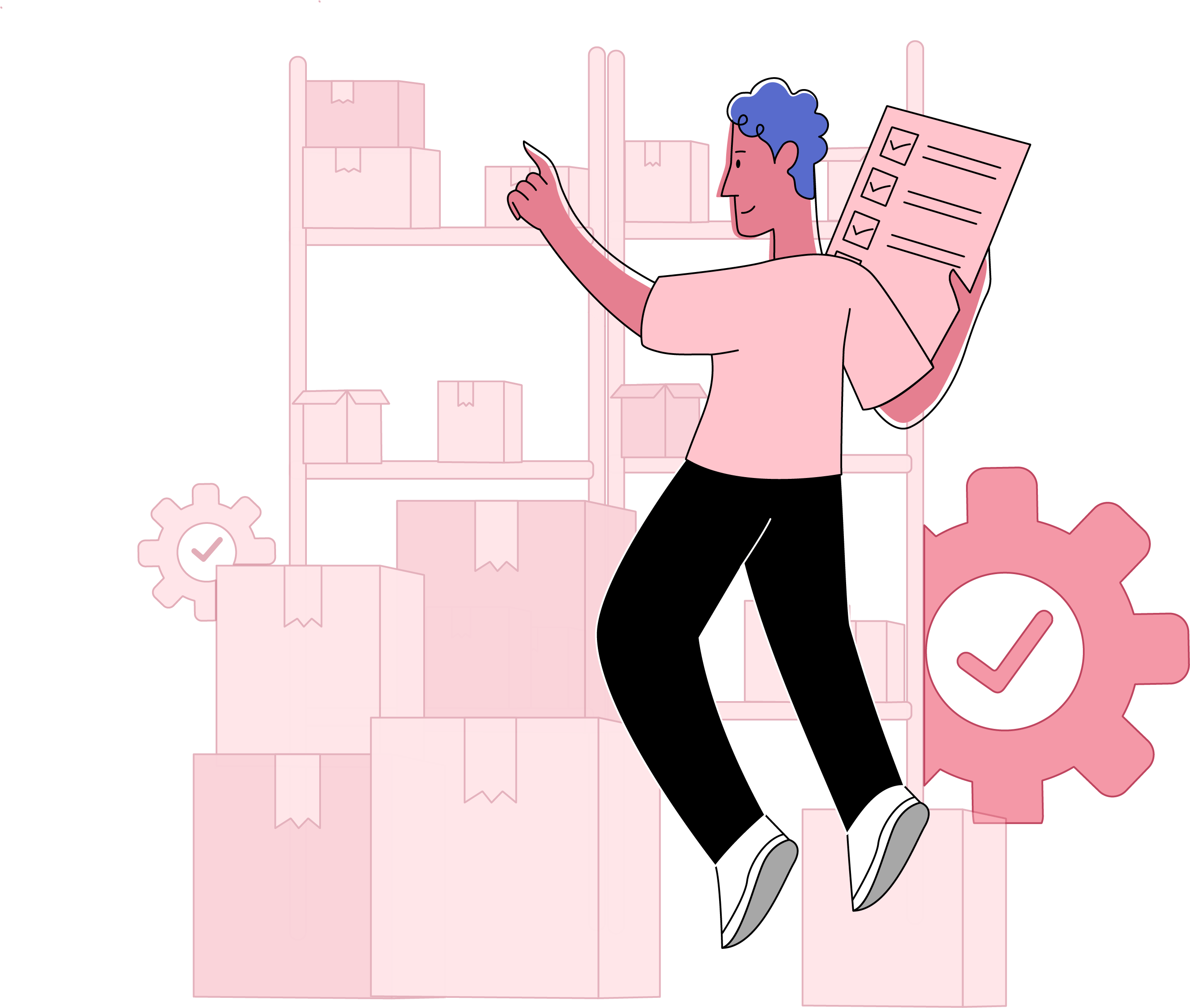The need to harmonize competing priorities
As businesses evolve, the demand for better service experiences increases multifold, and service operations must keep pace with this demand. Also, while battling global challenges like the ongoing economic headwinds and IT talent crunch, businesses need to achieve more with their existing IT investments. From provisioning IT assets and leveraging data centers to ensuring service availability across regions, a cohesive IT hardware asset management strategy can help businesses master this art of juggling.
Hardware asset management usually involves the discovery, inventory, tracking, and managing of hardware IT assets like routers, switches, servers, and workstations throughout their life cycles. To deliver remarkable service experiences, businesses must ensure high availability of these underlying hardware IT assets. Here are six ways to govern them effectively across the enterprise.
Maintain a single source of truth with multimodal discovery

Businesses leverage a broad spectrum of hardware assets (including IT and non-IT), the associated components, and consumables. These could range from assets like laptops to data centers with multiple servers, networks, routers, and switches. When IT teams rely on legacy tools and spreadsheets, IT hardware asset details might be scattered, requiring manual effort to keep them up to date as well as leading to data inconsistencies and silos.
In large organizations and in hybrid work models, IT hardware assets are no longer confined to traditional corporate boundaries as they are distributed across geographies and may extend beyond the corporate network. In this scenario, manual mechanisms restrict IT teams from gathering accurate information. Also, the teams might be unable to discover multiple IT hardware assets at once, delaying inventory efforts.
Given this complexity, businesses can employ the following multimodal discovery methods to automate and ensure complete information collection:
- Agent-based scans
- Agentless (probe-based) scans
- Domain scans
- Network scans
- Distributed asset scans
- Bar code and QR code scans
- RFID scans
- An integration with Microsoft Configuration Manager, formerly known as Microsoft System Center Configuration Manager
With automated discovery, IT teams can save time and effort, allowing them to shift their focus to mission-critical tasks. Furthermore, by leveraging multimodal discovery, businesses can harmonize various scanning methods with each other. They can capture the details of IT hardware assets inside and outside the corporate network. By doing this, businesses can inventory IT hardware assets extensively and manage them from a central console, thereby minimizing data islands.
Govern IT hardware assets throughout their entire life cycles with visual workflows

With all the IT assets discovered and accounted for, the next challenge that IT teams face is managing the available IT assets from purchase to disposal in order to optimize their usage throughout this journey for a maximum ROI. In large organizations with complex infrastructures where multiple types of IT assets are handled, it is important to document the ideal life cycle of each asset type and put it into practice across the board for better utilization.
A business can standardize its asset management strategies across the enterprise with custom asset life cycles. With these, it can document processes unique to various product types, ensuring consistency throughout the journey. No-code visual workflow builders can be leveraged to govern the journey through sequential asset states. Furthermore, a business can automate various actions, like:
- Collecting relevant information, such as the associated users, sites, departments, and more, across the life cycle of the asset.
- Keeping the right stakeholders informed with contextual notifications about asset allocation.
- Executing custom functions to update an asset's status in network monitoring tools when the asset moves to a specific state.
Therefore, businesses can guide IT teams to perform the right actions, ensuring process adherence and deviation minimization. With this, businesses are able to optimize asset usage and reduce IT costs.
Plug security gaps with ITOps and timely audits of IT hardware assets

When businesses manage scores of IT hardware assets across geographies and hybrid workspaces, they might find it challenging to track critical information. Outdated hardware and firmware, obsolete versions of OSs and software, known existing vulnerabilities, weak default configurations, a lack of encryption, stolen devices, supply chain risks, and improper monitoring mechanisms often plague IT teams, expanding security threat vectors. Furthermore, an organization's IT landscape could be dotted with unverified, unaccounted for, ghost, and zombie IT hardware assets, increasing the possibility of security threats as well as compliance and legal implications. Therefore, IT teams must defend their IT fortress by closing security gaps.
Businesses can establish guardrails with proactive strategies to overcome security vulnerabilities. For example, IT assets running vulnerable versions of software or OSs can be identified in advance and quarantined from the rest of the network or upgraded as required. Likewise, IT teams can mend the security loopholes in their hardware asset management by:
- Inventorying IT hardware assets periodically.
- Updating security patches.
- Upgrading hardware to the latest versions.
- Leveraging secure configurations according to industry best practices.
- Employing strong encryption.
- Implementing strict access controls.
- Enabling remote control of devices to resolve incidents.
- Integrating with monitoring solutions to detect anomalous behavior.
Also, IT teams can stay on top of audits by tracking essential information like the:
- Owner of the asset.
- Location.
- Department.
- Hardware model details.
- Installed software details.
- Extent of the asset's usage.
- Access permissions.
- Status of the asset.
- Associated licenses.
What's more, IT teams can make the most of multimodal discovery to verify IT hardware assets inside and outside the network, tracking their physical presences to battle unaccounted for, ghost, and zombie assets. Furthermore, IT teams can dig deep into end-of-life products to plug security gaps.
Ensure consistent service experiences with contextual integrations and dependency maps

Businesses often undertake various service operations to maximize service uptime. On the one hand, they could resolve major availability incidents by tracking the CPU utilization, storage capacity, and network configurations. On the other hand, they could upgrade their servers periodically to address such incidents. Without a bird's-eye view of their IT, they might perform conflicting actions, increasing business risks and downtime. Also, they might be unable to discern the root cause of issues, leading to unsatisfactory service experiences.
Well-informed decisions are facilitated by analyzing underlying dependencies. Additionally, service operations with rich integrations can be enabled from a central console. To allow businesses to dig deeper, dependency maps must provide relevant, contextual information, including:
- Business-critical services.
- Configuration items (CIs) that underpin these services.
- The business-critical teams involved.
- The associated service operations, like incidents, services, problems, changes, and releases.
- Downtime schedules.
Businesses must make sure to mark the critical assets as CIs and customize asset relationships to fit their requirements. Furthermore, they should create a harmonious IT ecosystem by harnessing integrations with native and external applications that support:
- Endpoint management.
- Network monitoring.
- ITOps.
- Access management.
- Remote support.
With such integrations, organizations can perform varied actions involving IT hardware assets, like monitoring network devices and scheduling upgrades.
Optimize IT spending by centrally tracking the financial details, purchases, and contracts of IT hardware assets

When businesses manage asset purchases using emails and spreadsheets, sifting through volumes of data becomes daunting. This can result in incorrect cost estimates, a surplus of IT hardware assets, and misallocation of critical resources. Moreover, the details of operational costs incurred for servicing and maintaining IT hardware assets may be scattered, inflating the total cost of ownership. A lack of clarity on depreciation costs can result in the ineffective planning of IT budgets. Additionally, with multiple cost centers across the enterprise, uncoordinated IT hardware asset purchases often sends IT spending spiraling out of control.
Businesses should use a central console to track their financial details and govern their supply chain to manage asset purchases and contracts. They can manage the purchases of IT hardware assets by:
- Designing multi-tier approval workflows.
- Tracking invoice and payment details.
- Communicating with vendors and keeping stakeholders informed.
- Recording purchases across departments and sites.
- Supporting multiple vendor currencies.
Businesses should also capture the nitty-gritty of the contracts associated with IT hardware assets to ensure better maintenance and prolong the lives of the assets. They can track information like:
- Contract vendors.
- The duration of contracts.
- Renewals.
- Relationships between contracts.
- Associated assets and sites.
- The total cost of contracts.
- The contract usage.
- Communication with stakeholders.
In addition, businesses must optimize their IT spending by tracking financial details like the:
- Purchase cost.
- Operation cost.
- Depreciation cost.
- Total cost of ownership.
Also, by loaning existing assets to users and tracking asset stock details, businesses can optimize asset usage and thus the procurement of IT hardware assets.
Track KPIs with visual reports and dashboards

Discordant data rendered by legacy tools can shroud imperfections in IT hardware asset management practices across the enterprise. For example, IT teams might not capture the average time between consecutive failures of IT hardware assets. When such faulty IT hardware assets are utilized in service operations without retrospective analysis, repeated incidents can result in unsatisfactory experiences. Therefore, the IT teams need to dive deeper to redress weak links across the enterprise.
Businesses can harness AI-powered advanced analytics, real-time dashboards, and in-depth reports that consolidate metrics across the enterprise in a central location. They need to monitor metrics related to the asset inventory, asset health, supply chain management, and financial details to get an overview of the state of their IT hardware asset management. Here are some aspects businesses should keep tabs on:
I. Purchase management
- Purchases by site, cost center, category, status, and more
- Details of overdue purchases
- The delivery time of vendors
- Purchase summaries
II. Contract management
- Contracts by type, vendor, site, and more
- Contract summaries
- Contracts nearing expiration
III. Inventory management
- The distribution of assets by site, region, product type, and more
- States of assets
- Assets under contracts
- Assets under maintenance
- Expirations of asset loans
IV. Operational metrics
- The mean time to repair
- The mean time between failures
- The mean time to failure
- Overall equipment efficiency
V. Compliance management
- Audited and unaudited workstations
- License compliance
Furthermore, businesses can visualize these metrics with graphical representations to discern critical information quickly and make well-informed decisions. By leveraging advanced AI capabilities, businesses can forecast trends based on the analysis of past data in order to make strategic decisions. Also, IT teams can be equipped with the flexibility to generate custom reports to track KPIs to suit their requirements.
Turn mayhem into mastery with ServiceDesk Plus
Stay ahead of the curve by harnessing the IT asset management capabilities closely knit with purchases and contracts in ITSM platforms like ServiceDesk Plus to manage IT hardware assets consistently across the digital enterprise.

Author's bio:
Nisha Ravi is an ITSM enthusiast who is keen on learning service management best practices and the latest tech advancements. As a ManageEngine ServiceDesk Plus product expert, Nisha works on developing articles and blogs that help IT service delivery teams address specific IT and IT service management challenges. She also presents user education sessions at the ServiceDesk Plus Masterclass series. A renowned Carnatic vocalist, Nisha is also interested in table tennis and crime-thriller movies.


